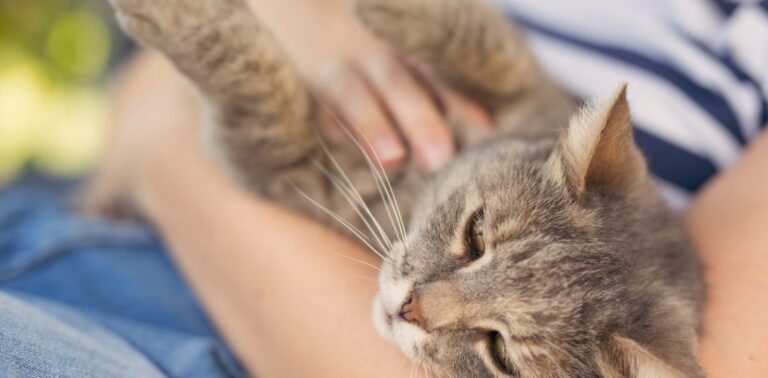Living in the heart of Austin, Texas, with my tabby cat, Whiskers, I’ve learned a thing or two about the quirks of feline companionship. Among the many debates cat owners find themselves in, the question of whether talking to your cat like a baby is beneficial or just plain silly is one of the most polarizing. Drawing from personal experience and a bit of research, let’s delve into the nuances of communicating with our whiskered friends.
Understanding Cat Communication
First and foremost, it’s crucial to recognize that cats are primarily non-verbal creatures. Unlike humans, they don’t rely on spoken language to express themselves. Instead, their communication toolkit includes a mix of visual, olfactory, and auditory signals—from tail flicks and facial expressions to scent marking. Interestingly, cats have developed a unique form of vocalization, the meow, mainly to communicate with humans, as their wild counterparts rarely use it amongst themselves.
The Pros of Baby Talk
Engaging in baby talk with your cat isn’t just a way to express affection; it can genuinely enhance your bond. Here’s why:
- Emotional Connection: Adopting a soft, high-pitched tone similar to how we speak to infants can help forge a deeper emotional connection with your cat. Cats are quite attuned to our vocal tones and can pick up on our emotional states through them.
- Stress Reduction: Speaking gently and using familiar, comforting words can help calm your cat, especially in potentially stressful situations like vet visits or moving to a new home.
- Bond Strengthening: While cats may not grasp the exact meaning behind our words, the act of speaking to them signifies attention and care, reinforcing the bond between pet and owner.
- Enriching Interaction: Tailoring our language and actions to suit our cats’ understanding—through tone, facial expressions, and gestures—can enrich the relationship and foster a unique way of communicating with one another.
The Cons of Baby Talk
However, there are a few considerations to keep in mind to avoid potential downsides:
- Confusion and Authority: Exclusively using a babyish tone might confuse your cat about your role and authority. It’s important to balance soft, reassuring speech with a clear, firm tone when necessary.
- Overprotection: Treating your cat too much like a child may impede its natural independence and exploration, essential aspects of feline well-being.
- Anthropomorphism: Projecting human emotions and responses onto our cats through baby talk might lead to misinterpretation of their behaviors and needs.
Tips for Effective Feline Communication
Finding a balance is key. Here are some strategies to maintain a healthy communication dynamic with your cat:
- Vary Your Tone: Use a soothing tone for comfort and a neutral or firm one to establish boundaries or authority.
- Mind Your Body Language: Cats are incredibly sensitive to our physical cues. Maintain a relaxed posture and avoid sudden movements to keep them at ease.
- Keep It Simple and Consistent: Cats respond better to simple, consistent words and phrases. Choose specific terms for commands or objects and stick to them.
- Respect Their Independence: Remember, cats value their autonomy. Allow them to initiate interactions and respect their signals to disengage or take space.
In essence, talking to your cat like a baby has its place in building a loving, trusting relationship, provided it’s part of a broader strategy of respect and understanding of their nature. By blending emotional warmth with clear, respectful communication, you can enjoy a harmonious and fulfilling relationship with your feline companion. After all, isn’t that what every cat lover in Austin—or anywhere, for that matter—wishes for?






![NAYT “La Grande Fuga” chiude in attesa dei palazzetti [Info e Biglietti]](https://www.wecb.fm/wp-content/uploads/2025/04/1744334070_Nayt-The-great-escape-closes-pending-the-buildings-info-and.webp-150x150.webp)